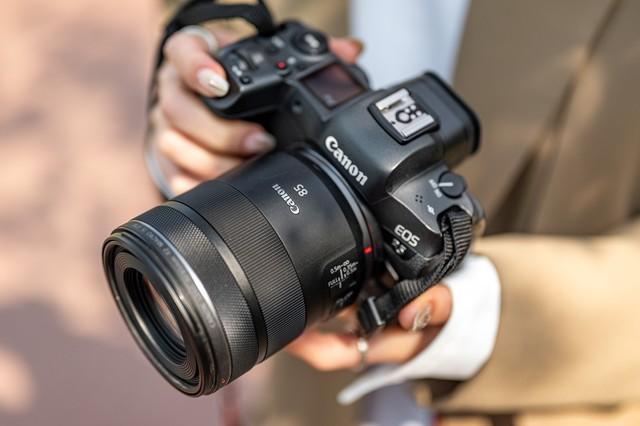The first photographic camera was made around the turn of the century and was created by the Swiss. Ever since that time, cameras have improved greatly and now are used by people all over the world for many different purposes. People have always been trying to figure out how to make a picture come alive and this is why pinhole photography is so special. People love taking pictures of beautiful scenery and when you take a picture like that using a pin hole camera it can truly be breathtaking.

The pinhole camera model refers to the mathematical relationship between the measurements of a certain point in three dimensional space and the projection of that same point on the digital image plane of a perfect pinhole camera, whereby the camera lens is set to a certain focus and no additional lenses are employed to increase the depth of field. It can also be said that with today's compact digital cameras the idea of taking pictures of beautiful objects while traveling really isn't very hard anymore. With compact digital cameras the size, weight and power are now more than adequate for even the most amateur of photographers. The result is pictures that come alive just from the simple act of clicking on the button.
Action cameras have evolved to suit the needs of every photographer and there are two basic types of action cameras. The first is the camera that is composed of two separate pieces, the first being the camera housing which is then attached to the board on which the images are recorded, whilst the latter acts as the mirror, whereby it magnifies the images and projects them onto the board. Action cameras are particularly popular amongst travel photographers as they are very lightweight (less than two pounds). As the name implies, the other type of action camera is composed of nothing but a mirror. It works by reflecting an image and projects it onto a sensor. Mirrorless cameras make use of extremely light-weight LCD or LED panels and are therefore quite suitable for all purposes.
One of the unique features of compact cameras is the ability to change lens and flash speeds instantly, something that is not possible with the more traditional point-and-shoot cameras. However, the one drawback of changing lens and flash speeds is the subsequent expenditure of an extra battery. Most compact cameras however come with at least one lens equipped with interchangeable lenses. This gives the photographer plenty of flexibility when it comes to photography, giving him or her the freedom to switch between different lenses and different types of lighting. Some compact models come with a special model which allows continuous manual focusing, another very popular feature. Another handy addition to a compact camera is the ability to change settings like white balance, exposure, and focus automatically, a feature known as 'Manual Exposure'.
Mirrorless cameras have some advantages over their counterparts, mostly in terms of the user experience. For one, mirrorless cameras allow for greater camera flexibility. For instance, a person can use the camera without the need to stand directly in front of the viewfinder. In fact, some mirrorless cameras can even function as computer monitors, accurately displaying images captured with the camera. A mirrorless camera also has the advantage of being much lighter and easier to carry around.
There are a few disadvantages associated with using mirrorless cameras. The biggest disadvantage of mirrorless cameras is the image quality they deliver. Since there's no mirror to split the light and let it trough the camera, images captured with the digital camera are subject to vignetting. As a result, the final image produced with most compact cameras is often low-contrast, dull, and flat. This is not a major problem however, and many people consider this an acceptable trade off for the ability to take excellent images without the hassle of having to manually focus or expose the image.
Additionally, mirrorless cameras don't offer as many options in terms of different types of lens. This means that people who enjoy taking pictures with different types of lenses will find few options available for them when purchasing digital cameras. Mirrorless cameras also limit the ability to change other camera settings such as white balance, contrast, and aperture. However, most users won't even notice these small issues unless they are present in images taken with different types of lenses.
These two medium format cameras have distinct advantages over their mirror-based competitors. In terms of picture quality, they are clearly the best option for anyone serious about taking high quality photos. Their simplicity also makes them easy to use, especially compared to the time required to prepare traditional film cameras. While these two different types of digital cameras have different features, both offer the ability to take quality photographs, which is essential for anyone interested in photography. Whether you're interested in taking pictures of pets, action scenes, scenic views, or anything else, there is a digital camera that will meet your needs.
